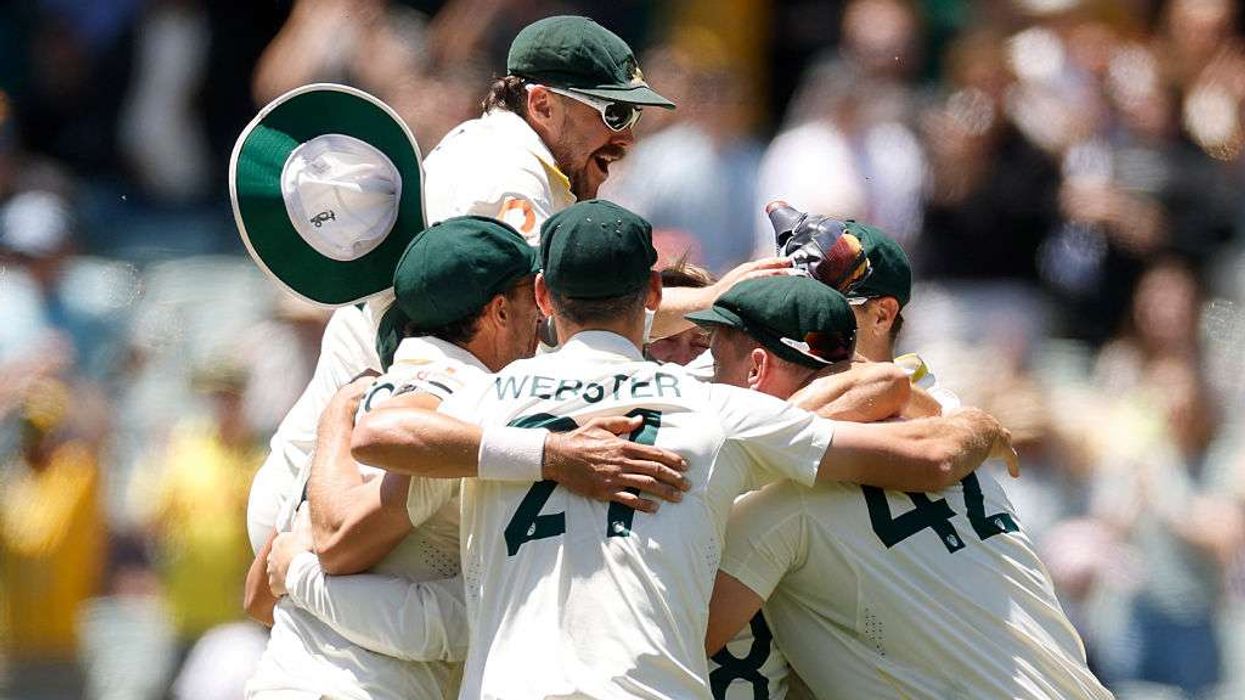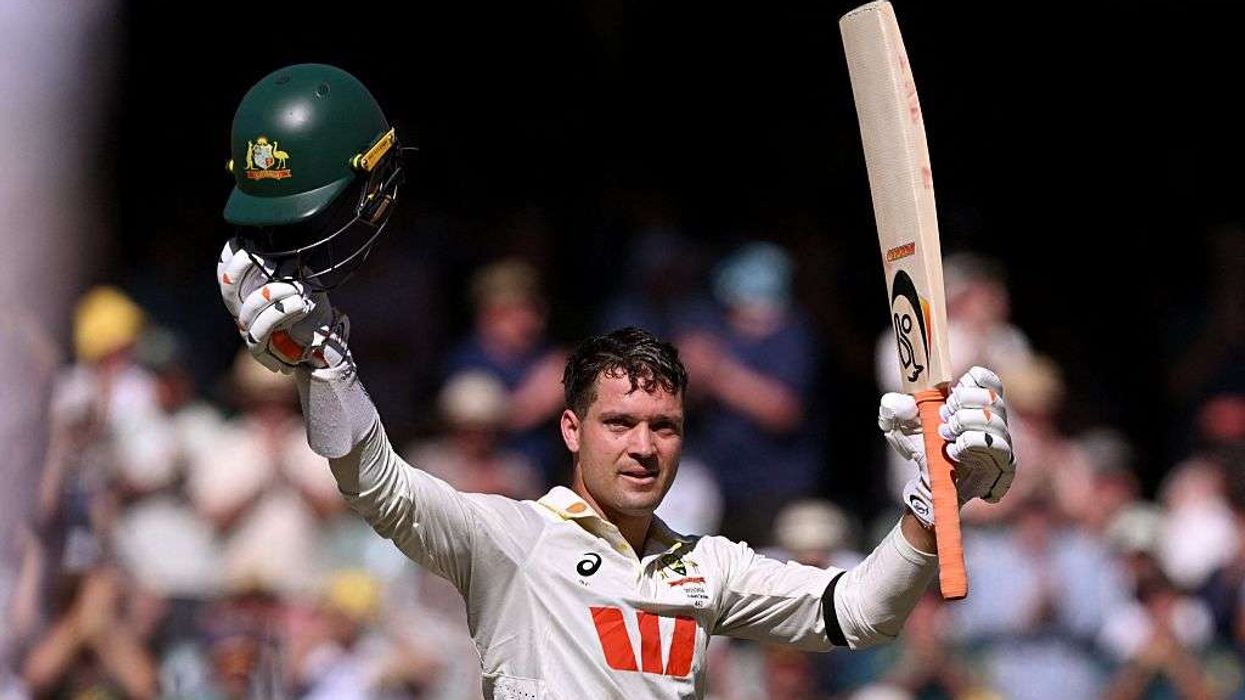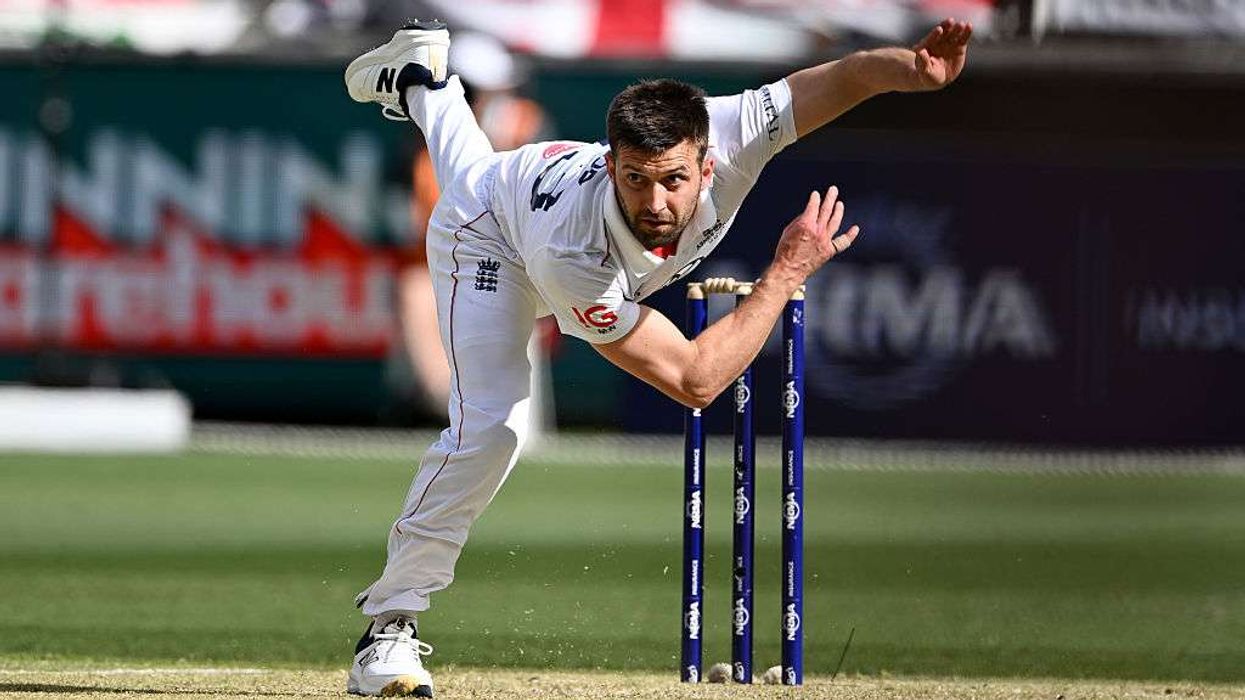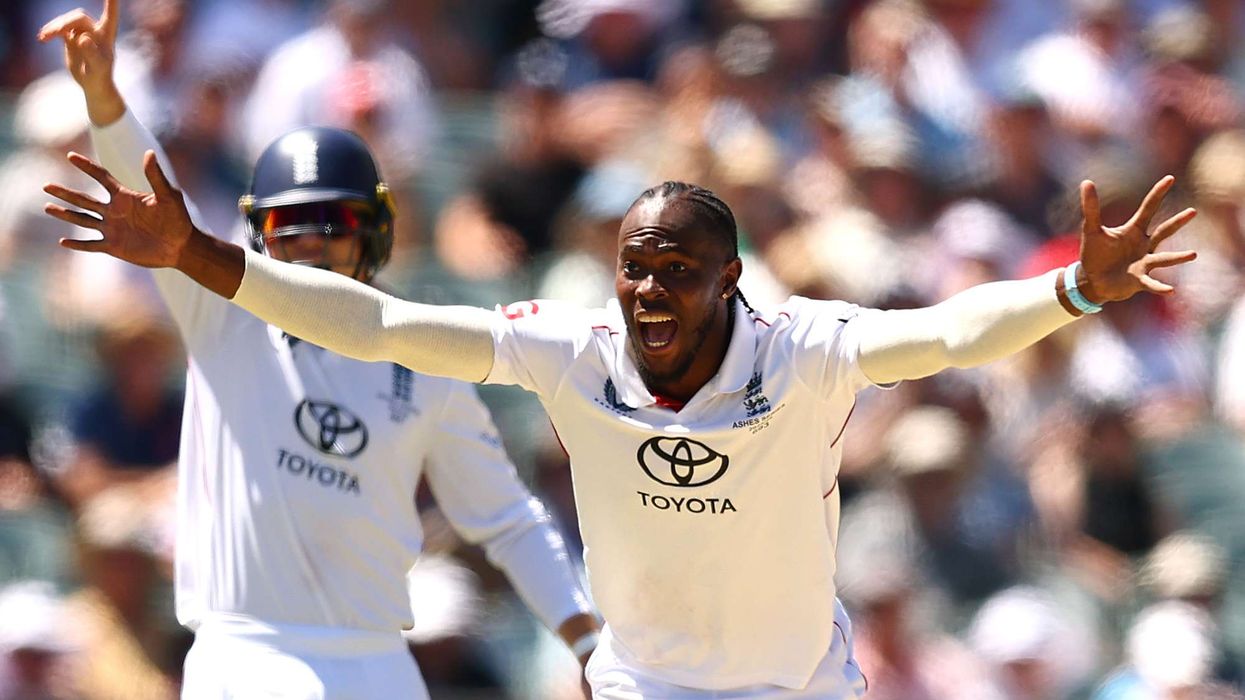Highlights
- House of Cavani styled the India Champions team during the World Championship of Legends 2025
- Cricketers including Yuvraj Singh, Harbhajan Singh, and Suresh Raina wore Cavani’s formalwear
- Outfits included the Bond Navy blue blazer, Dakota beige chinos, and Ashley bi-stretch shirts
- The team wore the brand to a pre-match press conference and dinner event
- House of Cavani has 17 UK stores and is known for Italian-inspired menswear
29 July 2025, Birmingham – Leading menswear brand House of Cavani has partnered with the India Champions team for the World Championship of Legends 2025, styling the cricket legends for key events during the tournament.
Ahead of their opening match in the second season of WCL, the India Champions attended a press conference and team dinner dressed in Cavani’s signature pieces. The lineup included former international cricketers Yuvraj Singh, Harbhajan Singh, Suresh Raina, and brothers Irfan and Yusuf Pathan.
Outfitted by Cavani: Style meets sport
The players were seen in House of Cavani’s Bond Navy blue blazer, a piece suited to both formal occasions and professional appearances. This was paired with Dakota beige chinos, a versatile wardrobe staple, and the Ashley bi-stretch shirt, made with soft mercerised cotton for a slim, modern fit.
Brand and team speak on collaboration
Sukhi Mondair, CEO of House of Cavani, said:
“Styling the India Champions team has been a privilege, providing the perfect blend of performance excellence with sartorial craftsmanship. Their charisma deserves formalwear that matches the impact they’ve had on cricket.”
Jaspal Bahra, Co-Owner of the India Champions, added:
“It is flattering that the India Champions team is seen as a natural fit with such an iconic brand like House of Cavani, which is the epitome of timeless sophistication.”
About House of Cavani
House of Cavani is a UK-based menswear label known for its Italian-inspired tailoring, offering both formal and casualwear. With 17 stores across the UK, the brand continues to blend craftsmanship with contemporary style for the modern gentleman.













